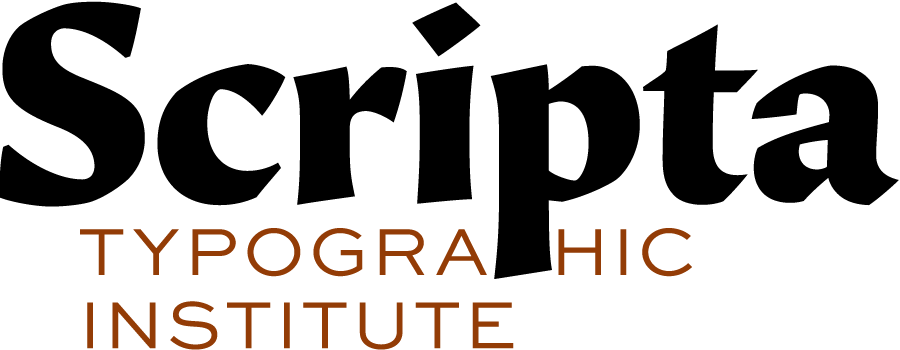LITTERA SCRIPTA MANET
(the written word remains)
Right now we are at a pivotal moment in the development of digital publishing. Now is the time to set high standards for the future — and to develop the tools to implement them. If we don’t set standards of typographic excellence today, our reading will be compromised for many years to come.
Scripta is an advocate for the development of effective new tools and new standards for typographic design onscreen. It’s all about reading — and designing text for reading. When people today complain that “young people aren’t reading books,” or assert that “I hate reading onscreen,” often what they’re reacting against is simply bad design for the screen. Most of the attention, even by purveyors of e-books, is on the dazzle, the obvious visual elements: photos, colors, animation, embedded video, links to social media. But the focus should be on the text itself; this is what we read: words in a row; sentences, one after the other; paragraphs; columns and pages of pure text.
As someone who has spent more than thirty years learning how to compose pages that invite people to read, that convey the author’s words and thoughts clearly, I have been fascinated by the possibilities for doing the same thing for long text in the flexible, malleable, infinitely adaptable format of onscreen reading. Right now, though, with e-books and online publications, we’re at a point very much like the state of desktop publishing in 1985: lots of potential, very few tools, no real standards, and in practice an enormous amount of sloppy crap. It’s time we did better.
Are we there yet?
What would be the “victory condition” for Scripta?* When will we be able to say that we have achieved our goals?
That’s easy. It would be when every digital book-reading platform fully supports the full range of OpenType layout features in OpenType fonts, when we can either embed or download the fonts we want in an e-book on any platform, when we’ve got a full suite of typographic tools for fine typography in e-books, when e-book designers have a way to control the flow and arrangement of every glyph or other element on the page in relation to all the others (and a usable interface for doing this), when we can create and change a set of rules for defining how the typography of a virtual page adapts to changes in the page itself, when e-book readers have hyphenation-and-justification routines at least as capable and flexible as those in today’s InDesign, and — most important — when we can set the default behavior of any e-book to include high-quality typography. In short, when we’ve got tools as robust for e-book design and production as the ones we’ve had for years for producing printed books. And when e-book readers — all of them — support everything that these tools can do.
Well, that ought to be easy, right? It will be but the work of a moment!
I look forward to the day when we can declare, “Our work here is done.” Let’s try to make it happen soon.
(*I learned the term “victory condition” from Bruce Sterling when he was starting the Viridian Design movement. They achieved theirs, and shut down.)
John D. Berry
March 2014
